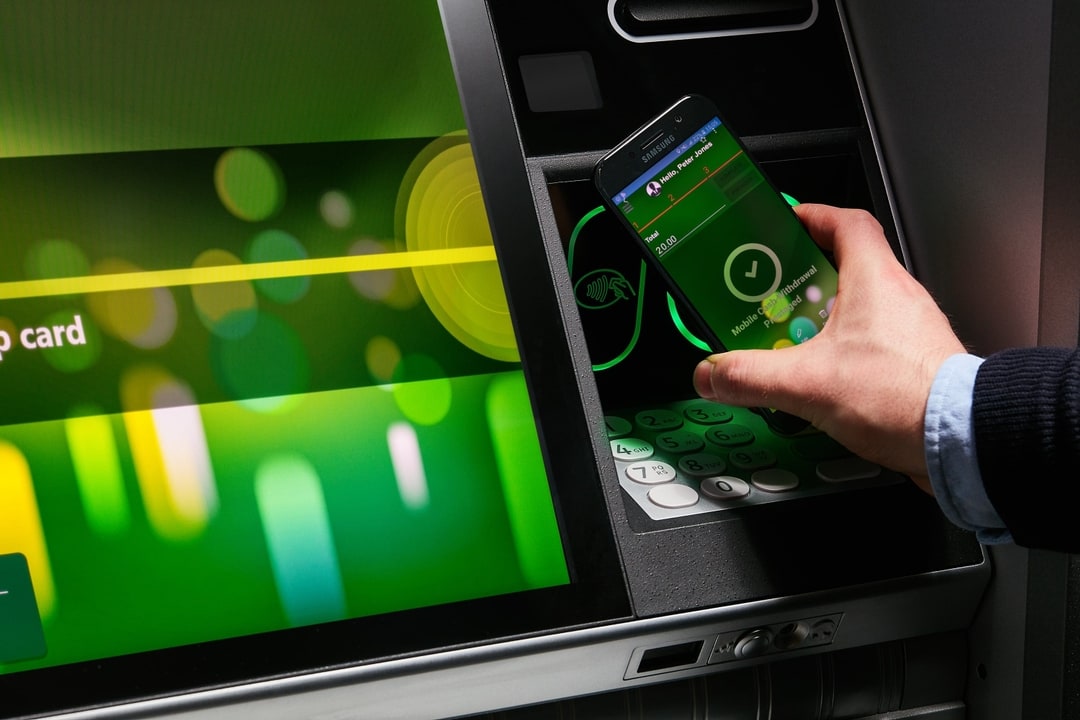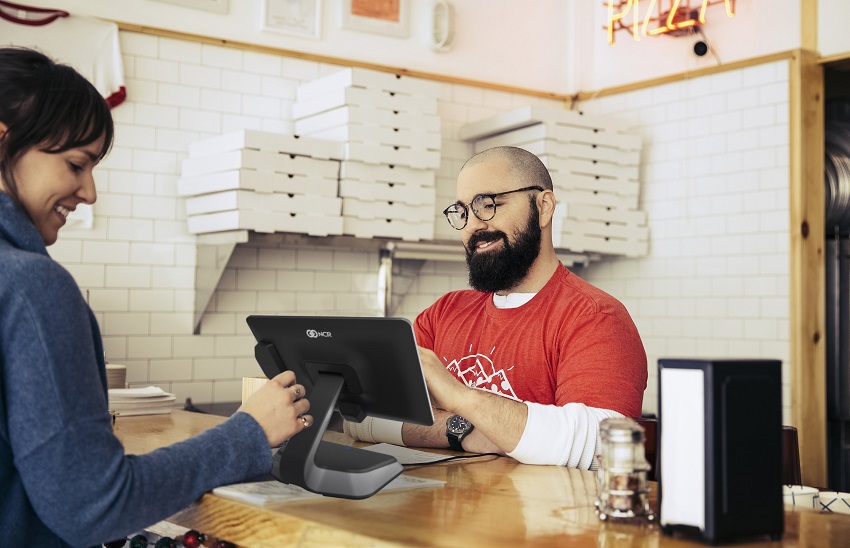Non-traditional branches – the future of face-to-face banking
Published June 22, 2022
Financial institutions (FIs) are facing an unrelentless pace of change. For decades, the traditional teller-led branch model has been undergoing a seismic shift as self-service, automation and most recently, digital provide more convenient ways for consumers to conduct their everyday transactions. And as consumers have become more self-sufficient, branch models have become more focused on self, remote or in person assisted service technology and collaboration spaces where consumers can seek advice on managing their finances.
This change in consumer preference is seeing FIs decide if they really need a branch at all as the frequency that consumers need to attend the branch is falling. In Europe particularly, FIs are optimizing branch numbers as ways to reduce operational costs as footfall declines. In Europe particularly, FIs are optimizing branch numbers as ways to reduce operational costs as footfall declines.
According to the most recent figures from Retail Banking Research (RBR), global branch numbers are falling by circa 1% year on year – with 937,000 branches worldwide expected by 2025 – that’s down from 965,923 in 2020. In Europe, the UK is estimated to close 22% of branches by 2025 to an estimated 7,495 and Spain is also estimated to rationalize their estates by 19% to 18,400 branches.
However, those that think the branch is dead, do so at their peril. The branch plays an important role with customers and many would avoid a digital-only FI as consumers want a place to go when they need face to face interaction, financial advice or support with a complex transaction. It’s also a key way to maintain brand presence. So how are FIs finding a middle ground to maintain a presence, while combatting the issues presenting by footfall decline? Here’s what we’re seeing in the market.
New locations, smaller footprints, different formats
FIs are optimizing their branch network as they respond to changing customer needs and saving costs. And in many cases that means not having a branch in every town center, and instead taking the branch to where the customers are. The UK for instance, has seen the growth in out-of-town retail parks and large supermarkets, so footfall to town centers is falling in tandem. Many supermarkets have their own financial services offerings and are beginning to set up branch-like areas within their stores.
In the US, many FIs have set up small footprint branches within residential lobbies, hospitals and grocery stores. These smaller footprint branches are technology-led with self-service ATMs and interactive teller machines (ITMs) enabling customers to conduct up to 95% of transactions they would do in a traditional branch. These reduce teller hours, while enabling customers to be supported by remote face-to-face tellers via video at the ITM to ensure there is a level of support available.
Meanwhile in Germany, shared branches are emerging where FIs use the branch space on different days, using digital screens and colored lighting to provide branding. And brand-agnostic branches or spaces are emerging where consumers can use self-services technologies to access their accounts no matter their FI.
Related: E. Sun Commercial Bank uses NCR technology in off-premise locations to expand footprint
Digital-led branches
Today’s suite of banking technology can remove the need for people at the branch altogether. Digital branches were once seen as delivering little more than branch presence, but today they’re seen as a strategic advantage to deliver efficient, full service at a reduced cost.
With smart branch technology you can really get a branch in a box, or rather an ATM. Customers can fulfil almost all their transactions at it and with a variety of add-ons available, FIs can even automate bulk coin deposits significantly improving the banking experience for business customers or provide new, renewed or replacement bank cards using Smartbranch technology.
What’s more, the emergence of pre-staged transactions means customers, in particular, business customers can pre-order collections of cash or coin to support their business, bringing the click and collect consumers have adopted in retail and hospitality to banking. Add in automated lockers, these transactions can be fulfilled when the customer wants to collect – giving that freedom and convenience to business customers who are focused on running their own business in branch hours.
These digital branches can significantly extend opening hours, making banking accessible 24/7.
Video tellers on the ATM
One self-service technology that can help FIs enhance their customer experience and extend their accessibility is through the use of a video teller. Known as Interactive Teller Machines (ITMs), they give consumers the option to use it as a traditional ATM or leverage teller support to complete more complex transactions. With video teller technology, call center-based tellers can service multiple branch locations or off-site ITMs, enabling document or ID verification, supporting complex transactions, opening accounts and more. Some banks have realized efficiency gains of up to a 50% reduction in branch operating costs and more than an 80% increase in banking service hours.
Related: How Interactive Teller Machines can help your FI grow
With ITM technology FIs can reduce staff onsite, which in a challenging labor market is beneficial, or focus staff onto higher value transactions, all the while ensuring that customers are able to access teller support. And it can’t be underestimated, the importance of face-to-face contact for some customers – out of choice they want to deal with a real person when handling their finances and for some, particularly elderly customers or those living on their own, it could be an important social interaction for them. But as branch footfall declines and FIs are pressured to reduce costs, ITMs strike a positive balance in providing that personal experience, while lowering the cost-to-serve.
This remote teller approach also opens up the ability to offer more convenience to customers. For instance, when looking to access specialist support such as loan or mortgage advisers. Traditionally, these specialists would visit a number of branches, meaning they were not always available when customers wanted them. With a remote model, it’s much easier for the remote teller to move the customer to an expert without the customer needing to book an appointment or come back at another time, significantly improving the customer experience.
Drive ups
In the US in particular, where space is less of a premium than Europe, drive up ATMs and ITMs are commonplace. These saw a significant increase in traffic during the pandemic providing remote face-to-face banking in an outside environment. But there’s also the convenience offered – with customers being able to do a multitude of transactions straight from their car on their way to work, back from the grocery store. There’s no need to fight for a parking space or make it within branch hours.
Digital and physical banking solutions
Digital adoption increased significantly over the last two years – overwhelmingly driven by branch closures and lockdowns – and this has accelerated the transformation of the traditional branch. As consumers are more adept at using their mobile app or self-service technologies to do their everyday banking, they rely less on the branch. They want the ease and convenience of being able to bank anytime, anyhow, which is driving FIs to rewrite the book when it comes to branches and the advance in digital-first technologies is the enabler.



